|
This dahlia image was created on the recently-concluded Swan Island Dahlia Farm IPT with the tripod-mounted Canon EF 100mm f/2.8L IS macro lens and the Canon EOS 5D Mark III Digital camera body. ISO 400. Evaluative metering +1 1/3 stops: 1/20 sec. at f/22 in Av mode. Live View for mirror lock and the live RGB histogram. 2-second timer. Manual Focus. Click on the image to enjoy a larger version. I created a series of images at every f/stop from f/2.8 to f/32. F/22 was my favorite as it brought up the background nicely without making it too obtrusive as it was at f/32. |
My Motivation?
I have always loved my Canon Telephoto EF 180mm f/3.5L Macro USM Autofocus lens for flower photography. So why did I decide to borrow the Canon EF 100mm f/2.8L Macro IS USM lens for the Swan Island Dahlia Farm IPT?
Why? Because Denise Ippolito is probably the world’s best and most creative flower photographer and the older Canon EF 100mm f/2.8L Macro USM is her favorite and most used flower photography lens. She is so good at hand holding the non-IS version that she has never upgraded. And I am not one to argue with either success or results. I was pretty sure in advance that I would rarely if every hand hold the 100mm f/2.8L IS Macro lens; read on to see if I was right.
|
This dahlia image was created with the tripod-mounted Canon EF 100mm f/2.8L IS macro lens and the Canon EOS 5D Mark III Digital camera body. ISO 400. Evaluative metering +2/3 stop: 1/3 sec. at f/18 in Av mode. Live View for mirror lock and the live RGB histogram. 2-second timer. Manual Focus. Click on the image to enjoy a larger version. |
The Tripod Head
I had long ridiculed the pistol grip tripod heads when folks tried to use them for bird photography; my comment was always, “That would be great for folks with three hands.” But the aforementioned Ms. Ippolito owns and uses the Manfrotto 222 Joystick Head, aka, the pistol grip, for her flower photography when she is not hand holding. So I borrowed one from B&H and tried it for flowers. I loved it. It was easy to use, stable–can you say 1/3 second?, weighs only 1.7 pounds, and easily supports 5 1/2 pounds. The 100mm IS does not come with a tripod collar as standard equipment so it is necessary to mount your camera to the tripod head.
The Manfrotto 222 Joystick Head comes with a square camera body plate that locks securely onto the head via the RC2 Quick Release System. It is a snap to attach the plate to the bottom of your camera with the 1/4-20 camera screw with the convenient fold-away tightening grip.
I will strive to post a detailed feature covering all aspects of the Manfrotto pistol grip before I leave for Torres del Paine and the Avistar festival on October 27.
|
This dahlia image was created with the hand held Canon EF 100mm f/2.8L IS macro lens and the Canon EOS 5D Mark III Digital camera body. ISO 800. Evaluative metering +1/3 stop: 1/400 sec. at f/2.8 in Av mode. One row below and two sensors to the left of the central sensor/AI Servo Rear Focus AF as framed active at the moment of exposure. Click here if you missed the Rear Focus Tutorial. Click on the image to enjoy a larger version. |
Hand Holding with AF
The next step was to begin to enjoy the freedom of hand holding while taking advantage of the 5D III’s excellent AF system. Fortunately, the 100mm f/2.8L IS macro lens actually focuses, and quickly at that. This in comparison to the 180mm macro lens that has trouble focusing on a checkerboard in bright sun. For the image above, I took care to position myself so that the bud would be slightly on our side of the plane of the focus. This gave the image an ethereal look.
|
This image of an exotic water lily was created at the Hughes Water Garden with the hand held Canon EF 100mm f/2.8L IS macro lens and the Canon EOS 5D Mark III Digital camera body. ISO 400. Evaluative metering +2/3 stop: 1/1600 sec. at f/2.8 in Av mode. One row below and one sensors to the right of the central sensor/AI Servo Rear Focus AF as framed active at the moment of exposure. Click here if you missed the Rear Focus Tutorial. Click on the image to enjoy a larger version. |
The Hughes Water Garden
We visited the the Hughes Water Garden on our last afternoon when everyone was somewhat dahlia-ed out. Other highlight locations included the Portland Japanese Gardens and a local sunflower field with lots of orange-brown variant blooms. I did get to create some Red-wing Blackbird flock blurs there with the 200-400. Most of our photography sessions were with the amazingly beautiful and varied dahlias.
|
This tightly detailed sunflower image was created with the hand held Canon EF 100mm f/2.8L IS macro lens and the Canon EOS 5D Mark III Digital camera body. ISO 800. Evaluative metering +2/3 stop: 1/25 sec. at f/8 in Av mode. Manual focus. Click on the image to enjoy a larger version. |
The Last Step…
The last step was using the focus by body/breathing movement technique. Denise encouraged everyone to hand hold while focusing manually. “Once you get the approximate focus take a good stance, control your breathing, and allow your body to move naturally and slowly so that the focus goes in and out. With a bit of practice, you will be able to press the shutter button when the image is focused as you want.
I did not think that I was capable of using that technique successfully, but towards the end of the trip I began to try it and with a bit of practice I was able to make many sharp images like the one above. Note that the image stabilization surely helped me to produce a sharp image at the 1/25 sec. shutter speed.
I did use my 180 macro, often with the 1.4X TC, and I did use the 200-400mm f/4L IS with Internal 1.4X Extender, but I had the most fun trying and using the super-sharp Canon EF 100mm f/2.8L IS macro lens.
Your Favorite?
Take a moment to leave a comment and let us know which is your favorite image. And be sure to let us know why.
Bosque del Apache 2013 IPT: “The Short Version.” NOV 30-DEC 2, 2013. 3-FULL DAYS: $1199. Co-leader: Denise Ippolito. Introductory Slide program: 7:30 pm on 11/29. Limit: 12.
If you will be spending Thanksgiving with your family please click here and scroll down for complete details on the short version Bosque IPT.
Typos
On all blog posts, feel free to e-mail or leave a comment regarding any typos, wrong words, misspellings, omissions, or grammatical errors. Just be right. 🙂
Support the BAA Blog. Support the BAA Bulletins: Shop B&H here!
We want and need to keep providing you with the latest free information, photography and Photoshop lessons, and all manner of related information. Show your appreciation by making your purchases immediately after clicking on any of our B&H or Amazon Affiliate links in this blog post. Remember, B&H ain’t just photography!


Support the Blog


Amazon
Everyone buys something from Amazon, be it a big lens or deodorant. Support the blog by starting your search by starting your search by clicking on the logo-link below. No purchase is too small to be appreciated; they all add up. Why make it a habit? Because I make it a habit of bringing you new images and information on an almost daily basis.

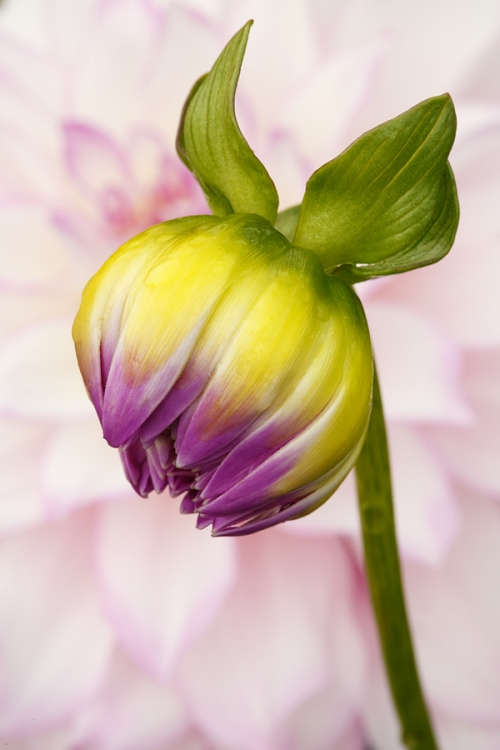
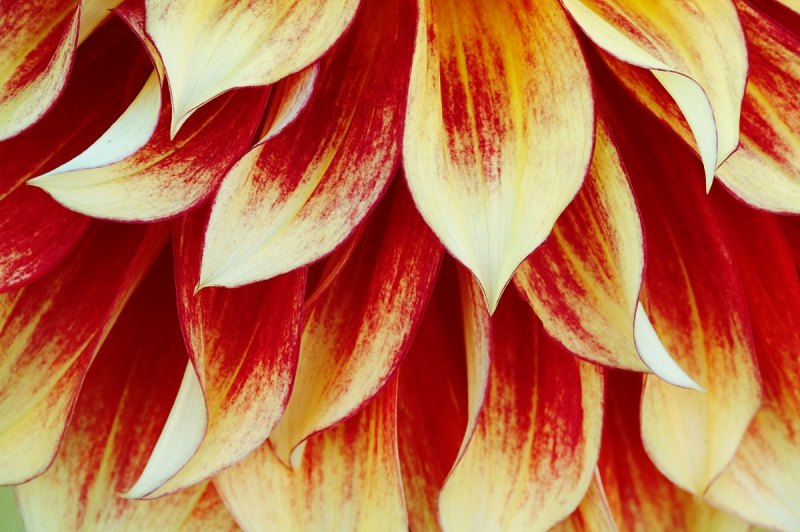
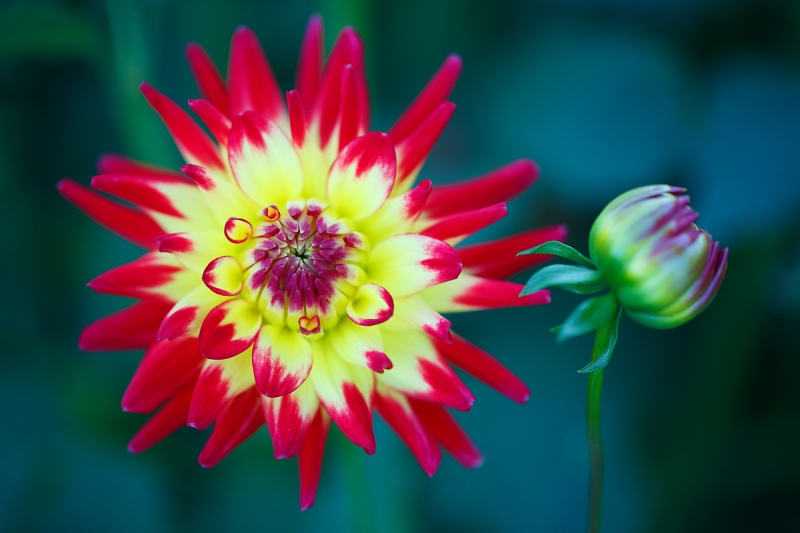
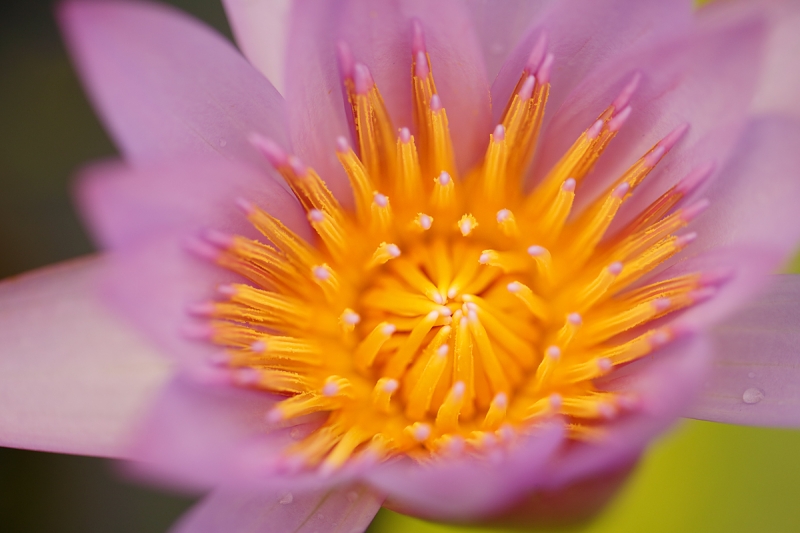
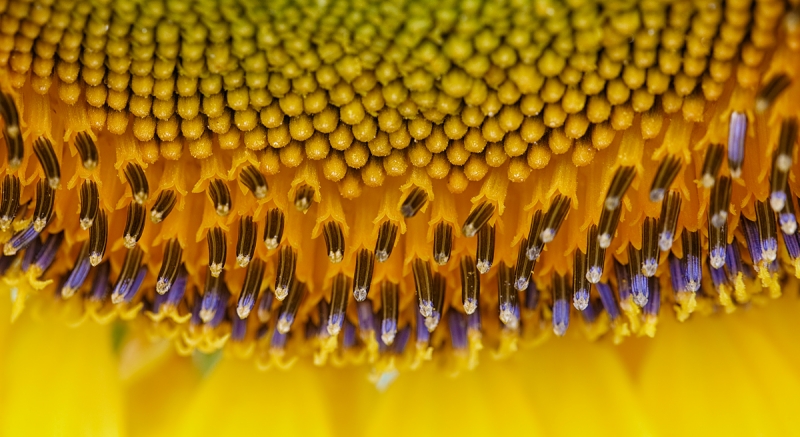













Hi Artie, you are already one of the best bird photographers in the world. And it seems you are getting there with flowers, too! Stunning shots, all of them.
Did you notice any sharpness difference between the 3.5/180L and 2.8/100L IS? I have the 180 and love it. It is very sharp at f4.5 and smaller. At 3.5 it is a bit soft but I can almost always go to at least 4.5.
How is the 100 it wide open at 2.8? I like using wide open apertures to isolate the subject against a clean background. Doesn’t work with all subjects but sometimes it is the best way to do.
The 100 would also be lighter and shorter for travelling and hiking. It won’t work with shy insects (particularly not on a full frame) but might be great for flowers and other plants.
Markus
Thanks Markus :). Sorry that I missed this one. I would say that the 100 is a bit sharper than the 180 though I am not a very good judge of such things… It is even sharp at f/2.8. It is light and easy to carry. If you move slowly you can get really close to some bugs. But the 100 does not take a 1.4X TC while the 180 does… best, artie
Thanks Artie.
I now own the lens. Have not tried it yet with extenders but CPS confirmed via email that it does work with extenders IF you use an extension tube between extender and lens. I did this with the older 100 Mauro and it worked. Will try this with the new IS L version, too. This will allow very close focusing. A focusing rail will be very helpful here.
Markus
Mazel tov. I thought of that as I was typing. I am sure that it will work. artie
# 3 is my very favorite. I love the composition and the exploding Super Nova!!
Hi Artie
The timing of your shoot with the 100 2.8 Macro lens is fortunate for me as I am seriously considering this lens for Macro insect and flower photography when the bird activity is a little slower in summer and for a change of pace as well. Also considering the Canon 24-70 IS Macro lens for its for its versatility since my only landscape lens is a kit lens that came with my original 50D. Concerned that I will not be satisfied with the 24-70 since the magnification in macro is not 1:1. Love photo #1.The dahlia is soft and graceful with wonderful color. Best Wishes and good shooting!
Hi Bill, Glad to be of help. Is there a 24-70 macro lens??? If so, I never heard of it. The 24-70 is a killer landscape lens. What is the magnification of the lens you are talking about.
Good on you. I did not mention that the 100 macro goes to 1:1, that is, the subject is the same size in the image as it is in real life. Same as the 180 macro but in a lot lighter, hand holdable package. If you order one for yourself please consider using use one of the product specific B&H affiliate links on this page as a way of thanking us :).
Many thanks Bill. If you do wind up with the 100 macro, please consider using our product specific link to order from B&H as a thanks for all of the work that we do here :). artie
These are lovely photographs; I agree exactly with David Policansky’s comments. Number one, the bulb is so beautiful, and number three, the red and yellow dahlia with slightly out of focus bud is simply stunning. By the way, it may interest you that in the October issue of Outdoor Photographer, Daniel J Cox gives advice on using rear focus that is extremely close to that in your rear focus tutorial. Maybe he is or was a student of yours!
Thanks Richard. Dan is a friend and colleague. He is quite skilled.
Dan is a friend. Thanks for your kind comments. artie
Love the first picture, the bud. I am also very pleased with my 100/2.8 which I bought as soon as it came on the market.
Many thanks CG. It is a wonderful lens.
Artie, these are all awesome flower images! I especially like the dahlia bud and water lily. The dahlia bud has graceful lines and the bkgd, as you mention, is terrific and more than the usual OOF blur. With the water lily I love how the center explodes outward in brilliant color with the glowing lines on the outside stamens and the very soft surrounding pink petals.
BTW, I noticed the name/mail field that came up when I typed this response was not mine.
Thanks Nancy. You wound up as you! Congrats to Nancy who was just named as an Out of the Box Moderator on BPN :).
Congrats Nancy! Well deserved 🙂
Hi, Artie. All good but my favorites are the first and the third. The first is just so serene, perfectly composed and lovely colors. The third of course is strikingly beautiful. I too have the older Canon 100 f/2.8 macro USM lens that you say Denise has and it also focuses beautifully and is beautifully sharp.
Many thanks David. How are the Redskins doing? Actually, better than the Giants but not by much :).
Artie: Washington’s football team is 0 and 3! But my Red Sox are looking good.
I know, but they almost won on Sunday. The Giants lost something like 38-0…..
Arthur, I love the third image best, mostly due to the great colors in the open blossom and the anticpation created by the one yet to open. I use the old, non-stabilized Nikon 105mm lens for my macro work and just love that focal length…it works great for frogs too 🙂
Thanks Andrew. We will have to get together for some frog photography one of these springs 🙂
Oh, I just love the red and yellow flower with the associated bud! My favorite!
Thanks GL. artie